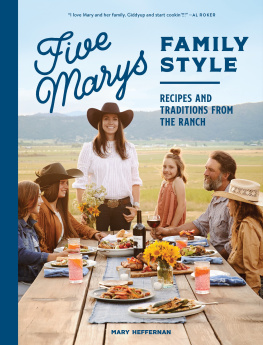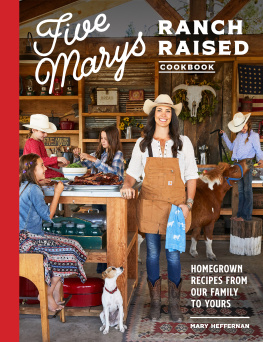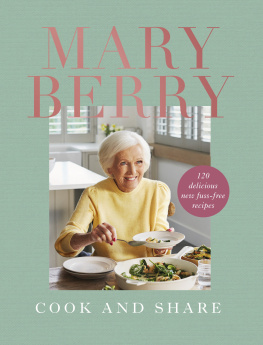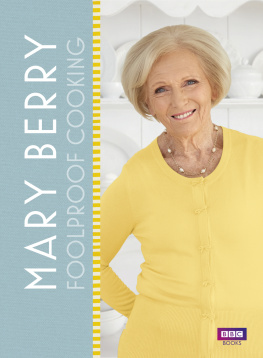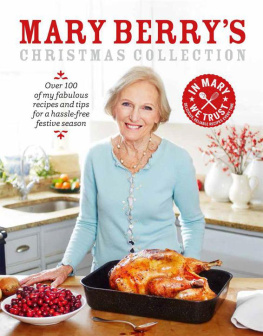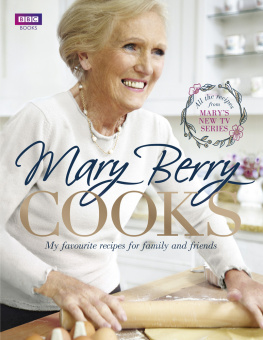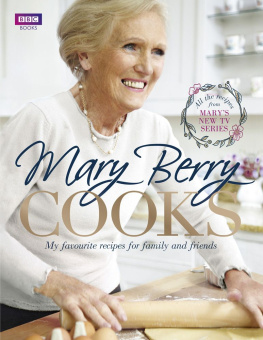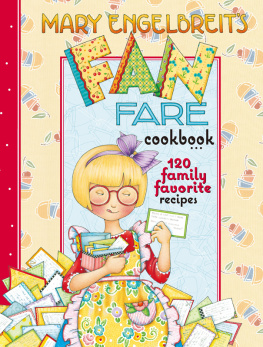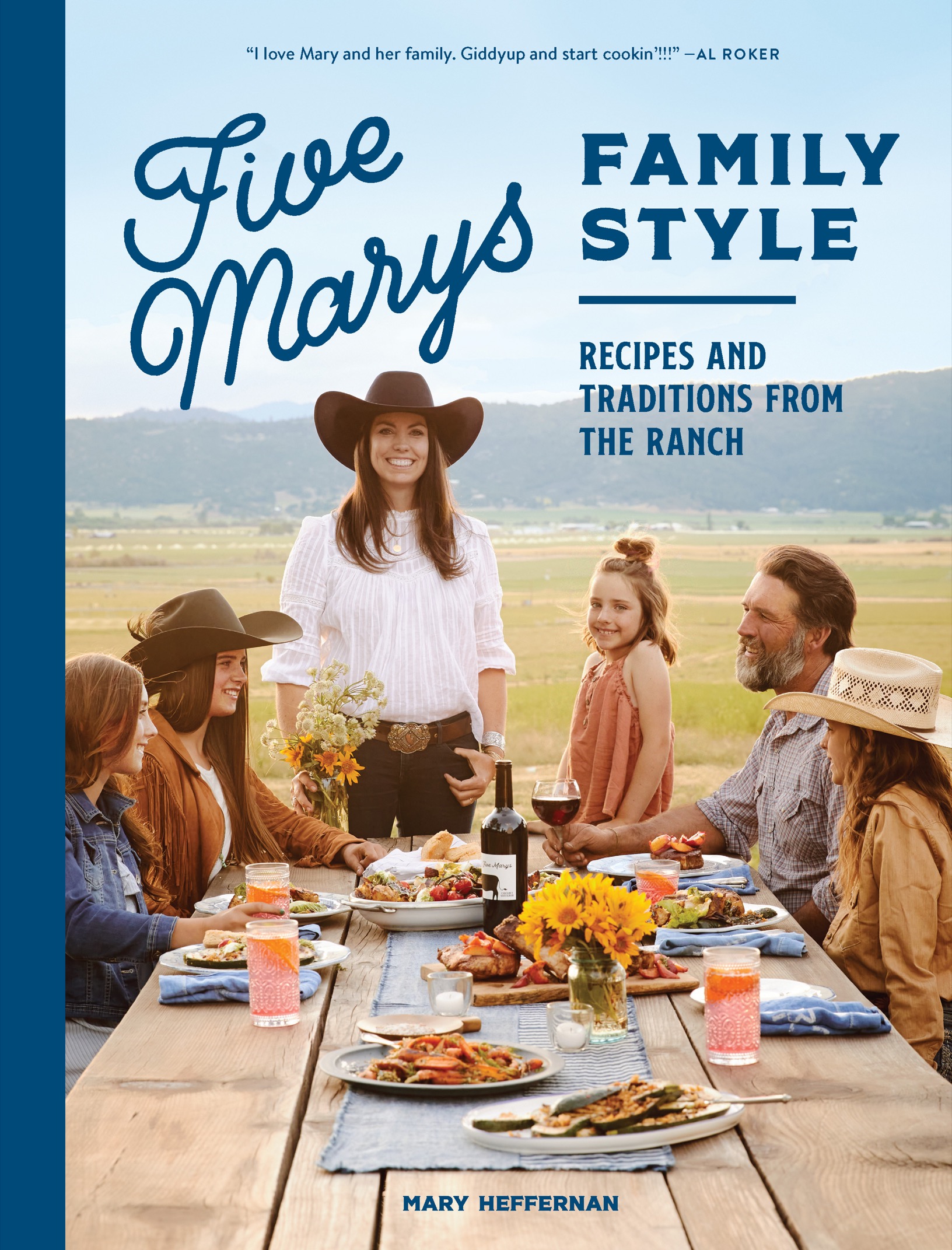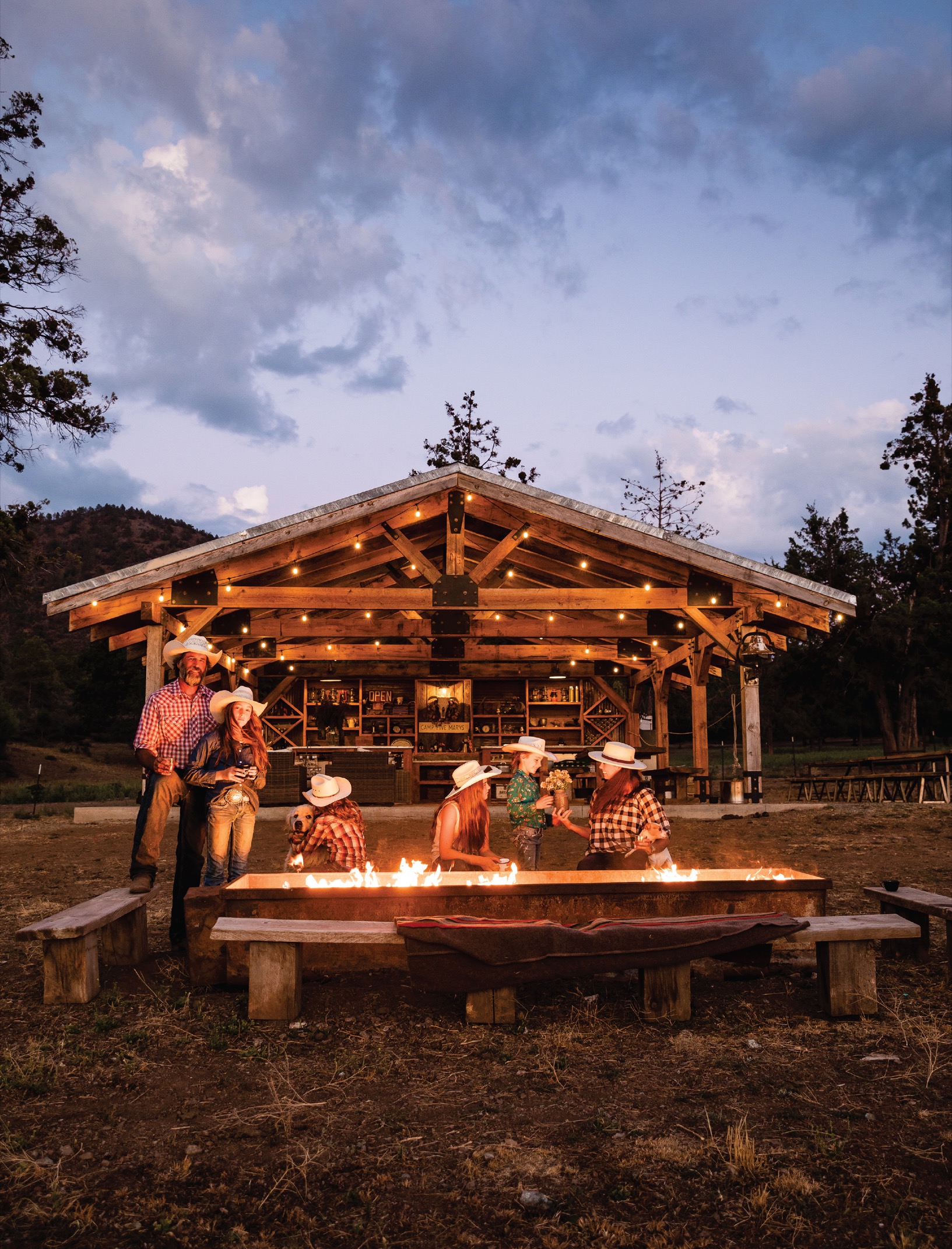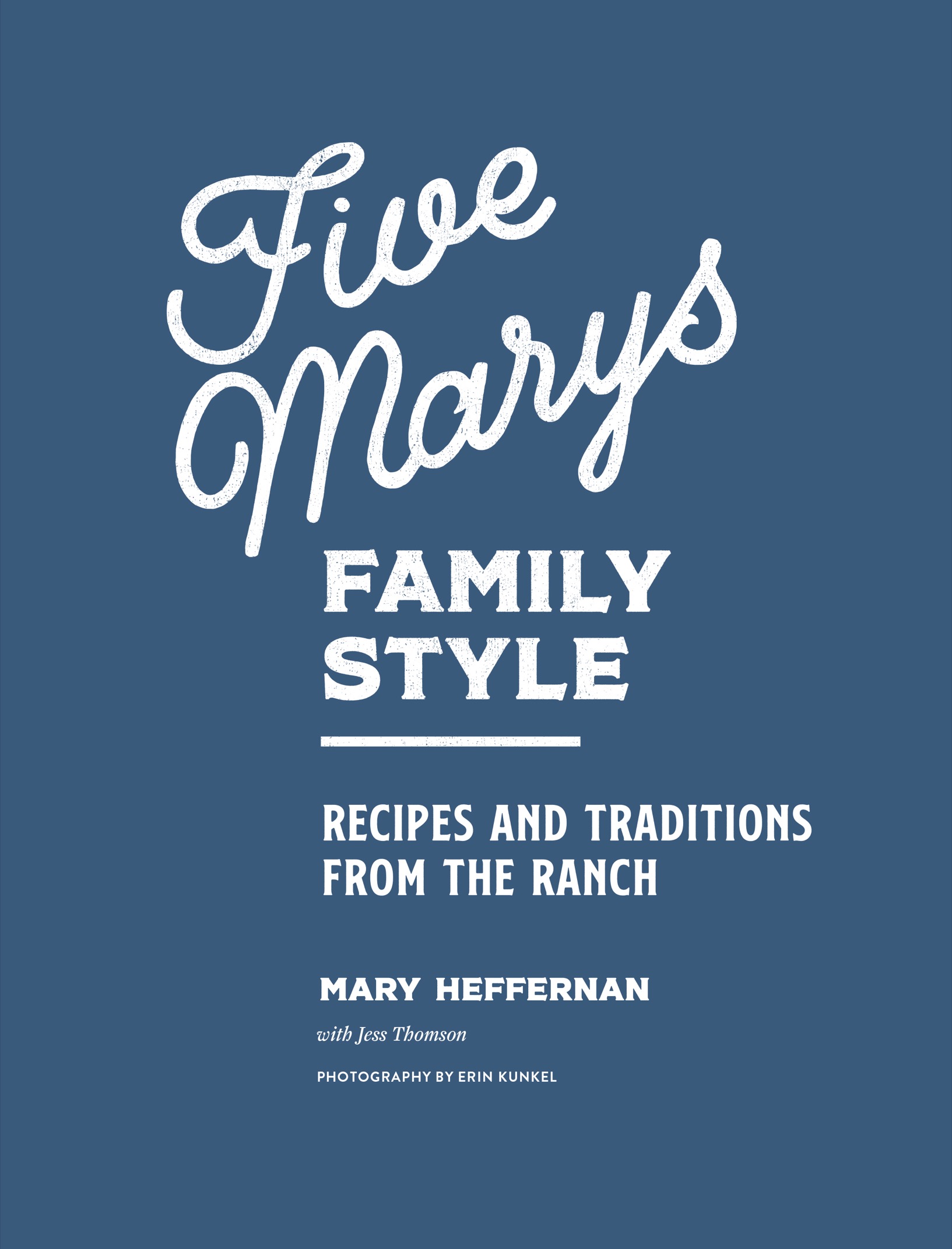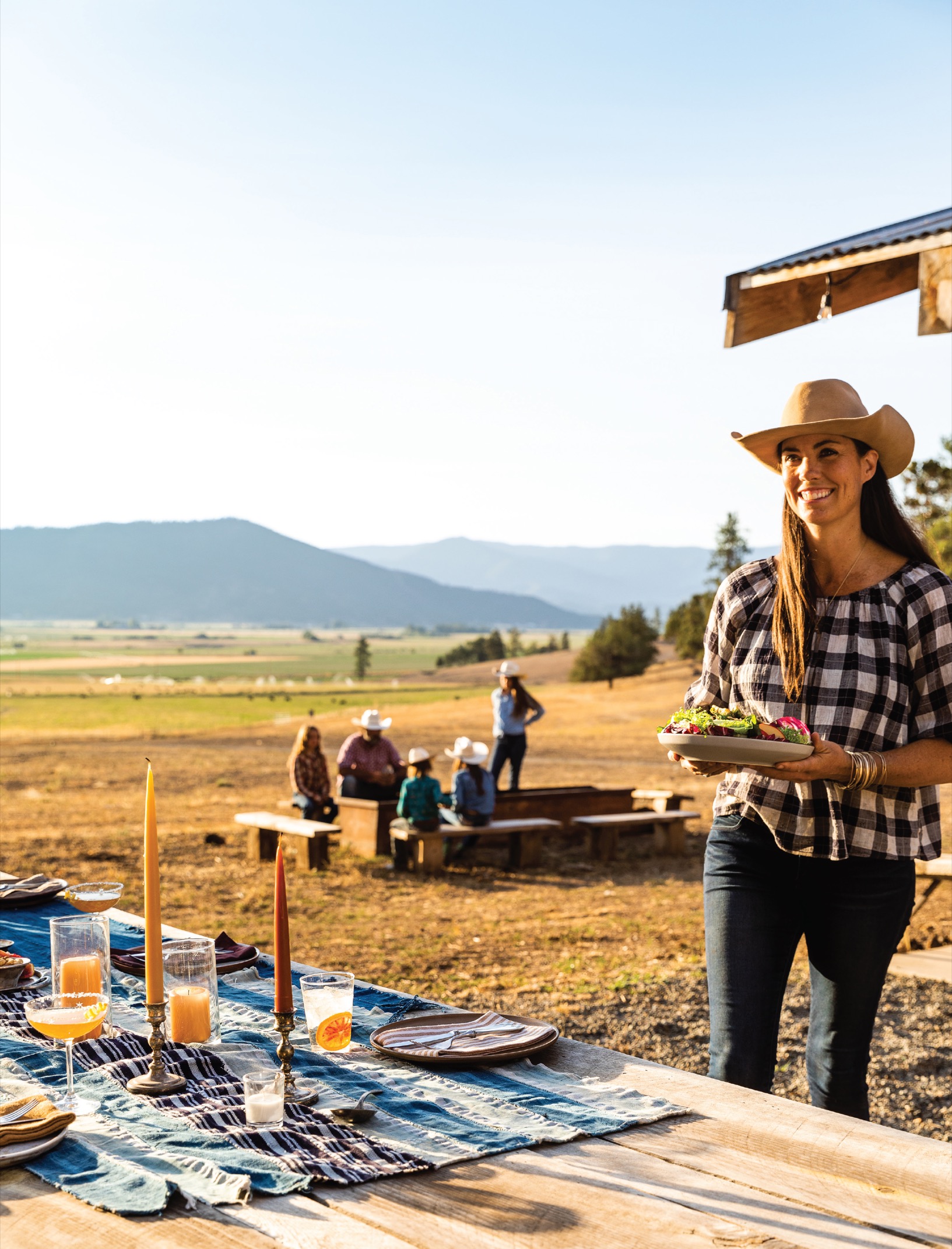Contents
Landmarks
Print Page List
Copyright 2022 by Mary Heffernan
All rights reserved. No portion of this book may be reproduced or utilized in any form, or by any electronic, mechanical, or other means, without the prior written permission of the publisher.
SASQUATCH BOOKS with colophon is a registered trademark of Penguin Random House LLC
26 25 24 23 229 8 7 6 5 4 3 2 1
Photographer: Erin Kunkel
Additional photographs: Della Hayden,
Editors: Susan Roxborough and Jill Saginario
Designer: Anna Goldstein
Food stylists: Abby Stolfo, Veronica Laramie, and Allison Fellion
Prop stylist: Kaeja Korty
Library of Congress Cataloging-in-Publication Data
Names: Heffernan, Mary, 1978- author. | Thomson, Jess, author.
Title: Five Marys family style : recipes and traditions from the ranch / Mary Heffernan with Jess Thomson.
Description: Seattle, WA : Sasquatch Books, [2022] | Includes index. |
Identifiers: LCCN 2021042310 (print) | LCCN 2021042311 (ebook) | ISBN 9781632174024 (hardcover) | ISBN 9781632174031 (ebook)
Subjects: LCSH: Seasonal cooking. | Ranch lifeCalifornia. | LCGFT: Cookbooks.
Classification: LCC TX714 .H4345 2022 (print) | LCC TX714 (ebook) | DDC 641.5/64dc23
LC record available at https://lccn.loc.gov/2021042310
LC ebook record available at https://lccn.loc.gov/2021042311
The recipes contained in this book have been created for the ingredients and techniques indicated. Neither publisher nor author is responsible for your specific health or allergy needs that may require supervision. Nor are publisher and author responsible for any adverse reactions you may have to the recipes contained in the book, whether you follow them as written or modify them to suit your personal dietary needs or tastes.
ISBN: 978-1-63217-402-4
Ebook ISBN9781632174031
Sasquatch Books | 1325 Fourth Avenue, Suite 1025 | Seattle, WA 98101
SasquatchBooks.com
a_prh_6.0_c0_r1
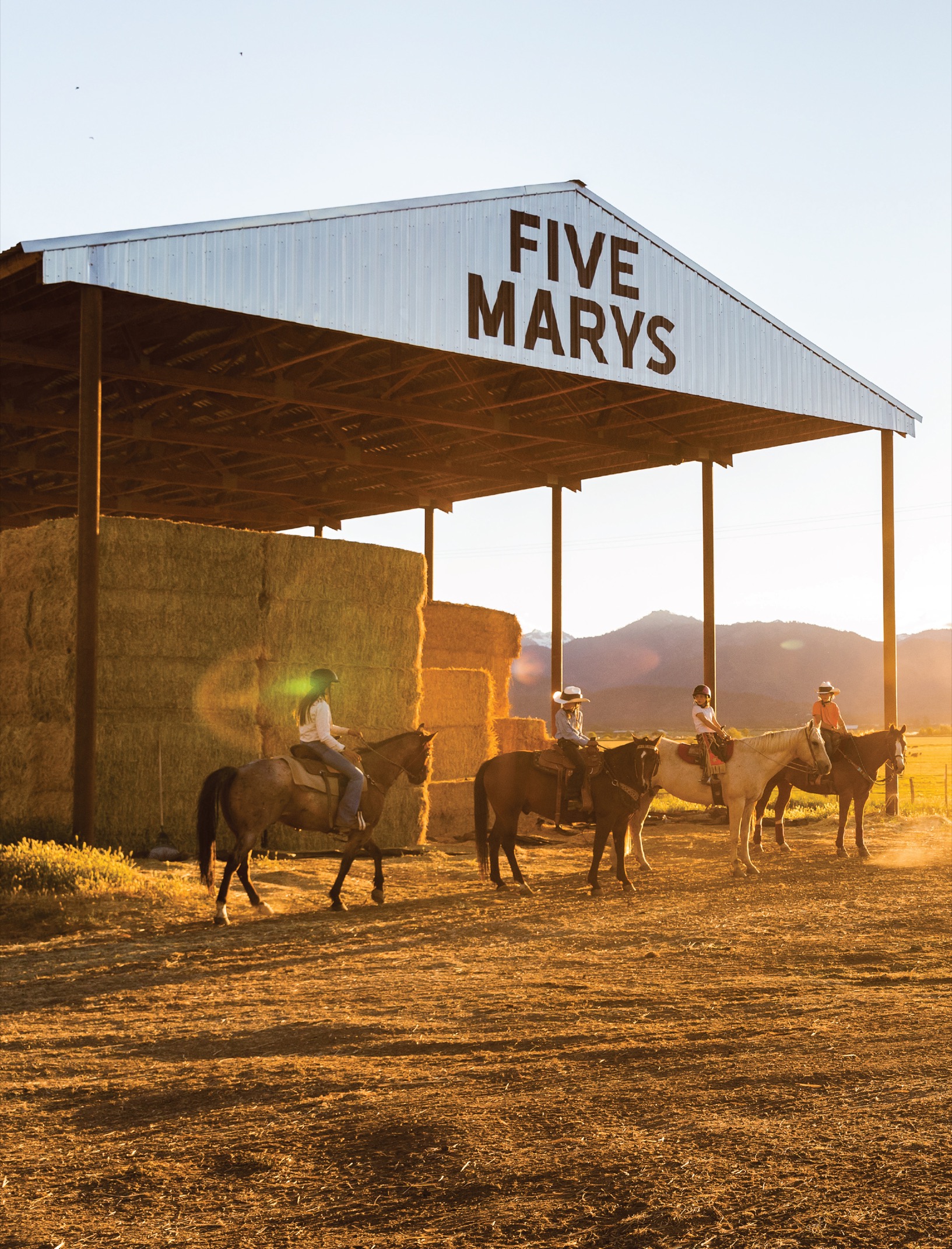
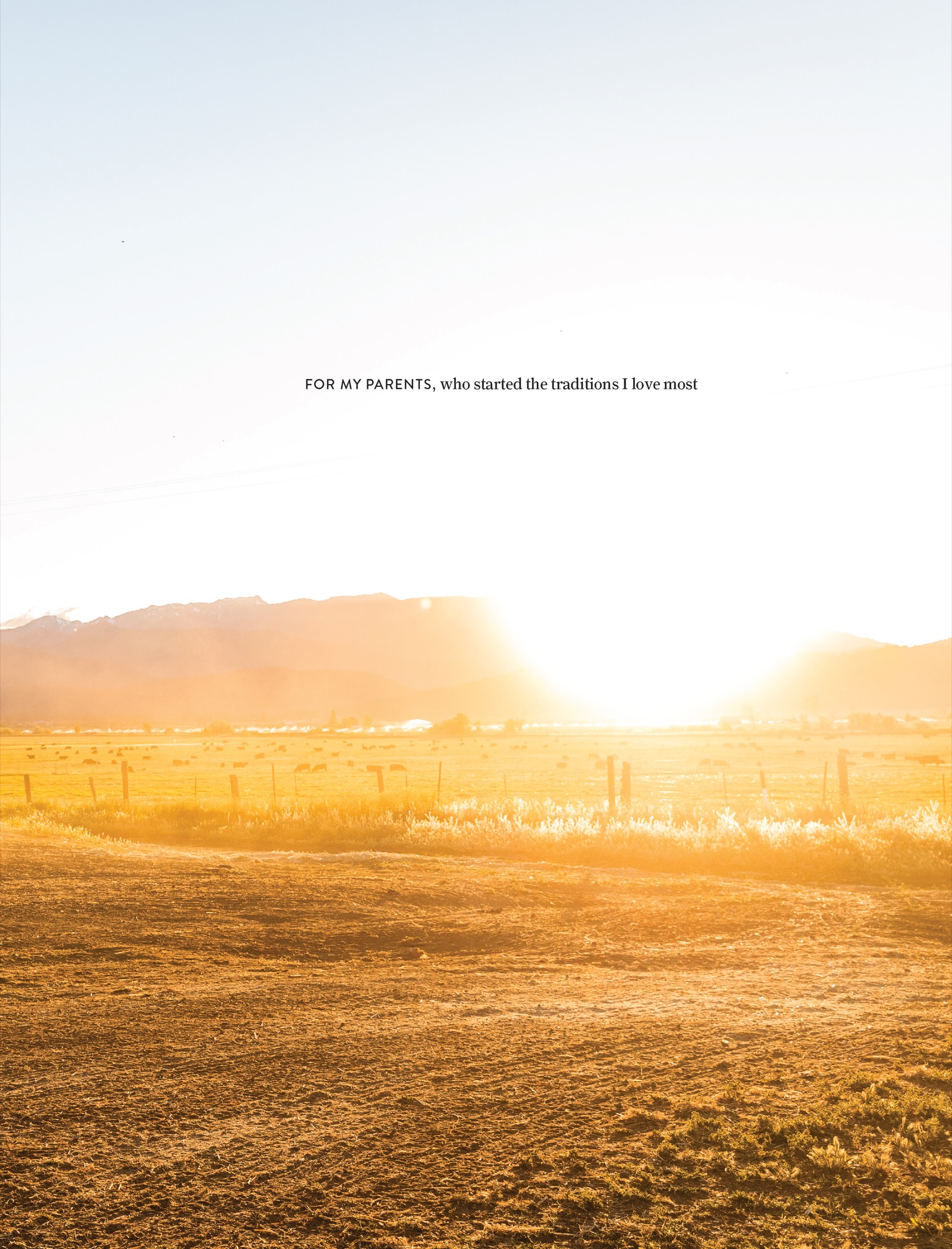
Our Family, Traditions, and Recipes
i always knew i wanted a big family. I grew up the oldest of four in Menlo Park, California, in a close family that has been in the state for six generations, many of them in agriculture. The four of us understood from a young age that family comes first, and between holidays and reunions, we spent lots of time with aunts, uncles, and grandparents. My parents were each one of five, so that made for a lot of cousins, and growing up, I loved every part of itthe chaos, the huge gatherings, the constant celebration.
Food was always the centerpiece of our get-togethers. I used to help my dad shop for our familys ravioli (). My favorite dinner of my moms was lamb chops with broccoli, and my dad made amazing tri-tip on the grill. As I got older, I knew that making and sharing meals with family would also be a cornerstone of my adult life. When I met my husband, Brian, a fifth-generation Californian who grew up on an almond farm, I knew Id found my partner. He had a combination of intelligence and down-to-earth brawn that drew me right in the moment we met. And he was raised in a big, devoted family that valued togetherness above all else too. Part of what made us a great match was that we held similar priorities for our own future family and wanted our children to grow up with the same reverence for food, and specifically for family meals.
Before long, we had established a settled (if busy) life together, with four girls ages five and under in our storybook Craftsman house in a suburban neighborhood close to where I grew up. Brian worked as a corporate lawyer, but he and I also owned a few farm-to-table restaurants in the Bay Area. We learned that we loved working side by side despite the demands of the restaurants. We wanted to offer our customers delicious meat that was raised well. We hunted down small-scale operations that were focused on good genetics and great marbling and were frustrated by how little we found. When we couldnt find a small farm who could supply us with great beef year-round, we decided to do it ourselves.
Brian and I had always wanted to find property for family adventures and to escape from the busyness of the Bay Area, but the timing had never been right. In 2013, we started searching in earnest for land where we could raise livestock. The original plan was to hire ranch help and begin raising beef for our restaurants, traveling back and forth on weekendsanother business, but not necessarily another life. We still laugh at ourselves for thinking we could fit ranch work into a weekend. When we found the historic Sharps Gulch Ranch in Fort Jones, California (population: 689), we saw so much potential: There were 1,800 acres of gorgeous landa combination of pasture along a river valley and well-forested hills for grazing. The smaller of the two houses on the property was going to be easier to fix up quickly; it needed work but wouldnt be as much of an undertaking as restoring the large old homestead. We relished the idea of living smaller and knew that the small house, which we began to call the Little House, would work for us with our girls. The community was kind and welcoming. We couldnt wait to show our girls a different, more rural life. And believe it or not, driving six hours each way to and from the Bay Area with four kids seemed totally doable. We bought the ranch in December 2013 and became only its third owners in 160 years.
For the first two months, we went up every weekend and jumped into ranching without knowing much about what we were doing. Most people thought our plan was outrageous, but the more time we spent at the ranch, the more it felt like our true home. Other ranchers we met were very generous with help and advice. The girls happily shared one double bed, just as I had done with my siblings for years while my parents renovated our childhood home. And returning to Menlo Park after spending the weekend in the Little House felt like leaving the place we loved the most. It didnt take long before Brian and I looked at each other and made the huge decision to become full-time ranchers. After Francie finished kindergarten in June 2014, we moved north to the ranch for good and began a new life raising animals for meat. It was actually the easiest decision weve ever made. Stepping out of the truck onto the ranch that day, knowing we didnt have to get back in, felt so right.
When we started ranching, we knew we wanted to raise cattle for beef; I had to talk Brian into adding pigs and sheep to our operation. We were lucky to have a mentor in Brians brother-in-law, a rancher from Eastern Oregon, who advised us as we were starting up (and still answers plenty of late-night calls). While Brian started refining our breeding and feeding programs, I focused on sales and marketing. We also made a few big decisions about how we wanted to care for our animals. We learned a lot about doctoring and decided we would not harvest animals that had received antibiotics for our meat program. (We also never, ever withhold medicine when an animal needs it.) We dedicated ourselves to bottle-feeding young calves or lambs that didnt get enough milk from their mothers, growing our herd with high-quality genetics in our breeding stock, calving each fall, and shipping our meat directly to our customers. We dont do anything unless were proud of it, and from a ranching perspective, that means giving our animals the very best care every single day, from birth to butchery.

